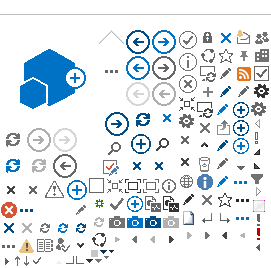The recently enacted tariffs have introduced uncertainty into the insurance industry, including the agency mergers & acquisitions market. Here are three areas to monitor over the coming months.
Since April 2, termed Liberation Day, it has been impossible to read any social media or news publication without seeing an article, post, column or meme about the tariffs enacted by President Donald Trump. While there are various opinions on what the ultimate impact of the tariffs will be, there is no doubt that they have created a lot of uncertainty and anxiety in the global market.
Uncertainty and anxiety have also appeared in the insurance brokerage industry, including the insurance brokerage mergers & acquisitions market. While the impact on the M&A market is expected to be minimal, here are three things to monitor over the coming months:
1) Public broker stock performance. Publicly traded insurance brokers provide the best real-time data point on how the market views and values the industry. While many public brokers are active acquirers in today's market, many private equity-backed brokers use public broker valuations as a material input to their own valuations. Ultimately, a firm's valuation dictates the value it can pay for an acquisition.
Approximately 30 days after Liberation Day, the market still favored public brokers. At the beginning of May, public broker multiples had actually increased since the end of 2024 and were higher than they were at the end of each of the past three years. In total, public broker stock prices are up 4% in 2025 compared to a 4.4% decrease for the S&P 500 over that same period.
2) Premium pricing. In addition to the economic performance, property & casualty pricing is the primary contributor to agent and broker performance. The fourth quarter of 2024 was the 29th consecutive quarter of premium price increases, according to the Council of Insurance Agents & Brokers. However, premium increases have been slowing recently.
Tariffs, at their core, have a positive impact on premium pricing. They increase the value of the insured assets and products, which increases the premiums associated with those assets and products. Increased premiums result in positive organic growth for brokers, a key driver of broker valuations. We have yet to see any impacts at this point, but any impacts will materialize over the next three to six months as premium changes are realized.
3) Interest rates. Interest rates impact the economy on multiple levels. Most recently, they have been used as the Federal Reserve's primary lever to control inflation. From an M&A perspective, the primary impact is the cost of debt.
Many buyers, specifically the private equity-backed acquirers, use significant debt capital to finance their M&A activity. Lower rates equal lower acquisition costs and typically higher transaction activity and higher valuations. Higher rates result in lower activity and lower valuations.
On April 2, the 10-year yield was 4.20%, and on May 1, it was 4.25%. However, there has been tremendous volatility in interest rates over the last month. One of the key messages that President Trump has been delivering to the Federal Reserve is to lower interest rates. To date, that has not been met with any action as the Federal Reserve continues to take a wait-and-see approach.
The insurance agent and broker industry has proven resilient to headwinds time and time again. During 2008 and 2009, the worst economic periods of our lifetimes, the industry's largest quarterly decline was 1.8%. The impacts of the tariffs are a new challenge; do not expect a different outcome. If that is the case, expect M&A transactions and valuations to remain strong.
Brian McNeely is a partner at Reagan Consulting.
